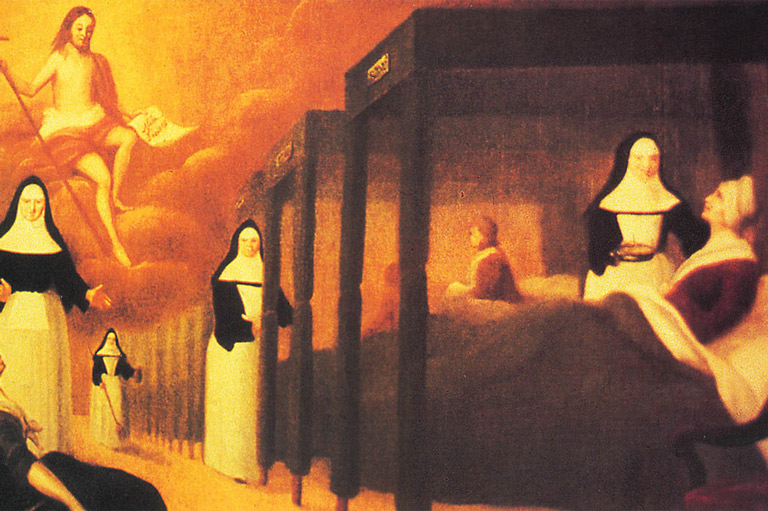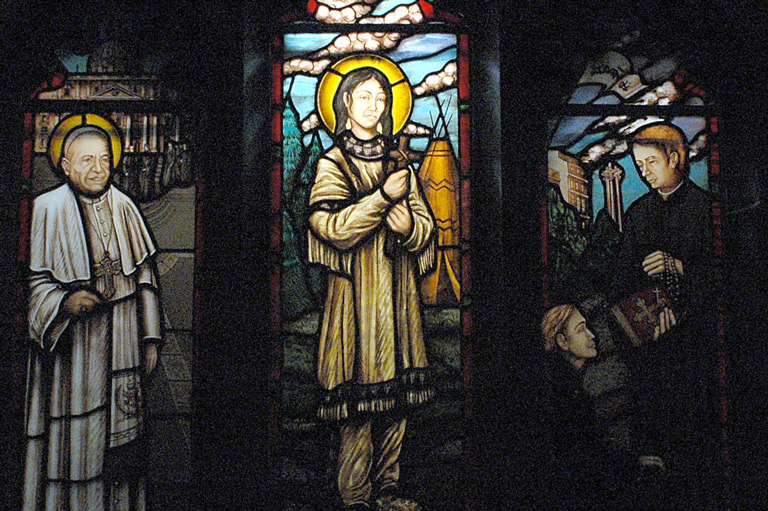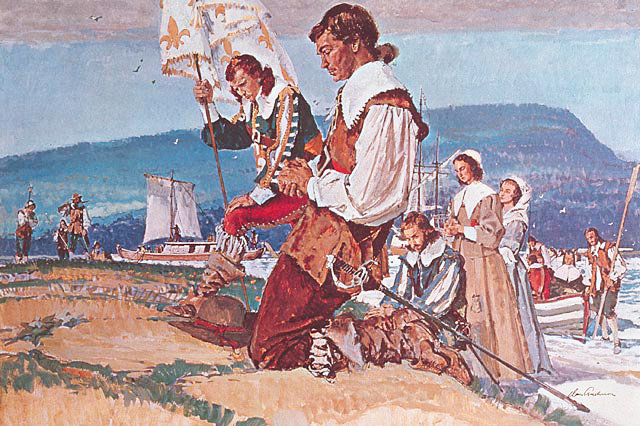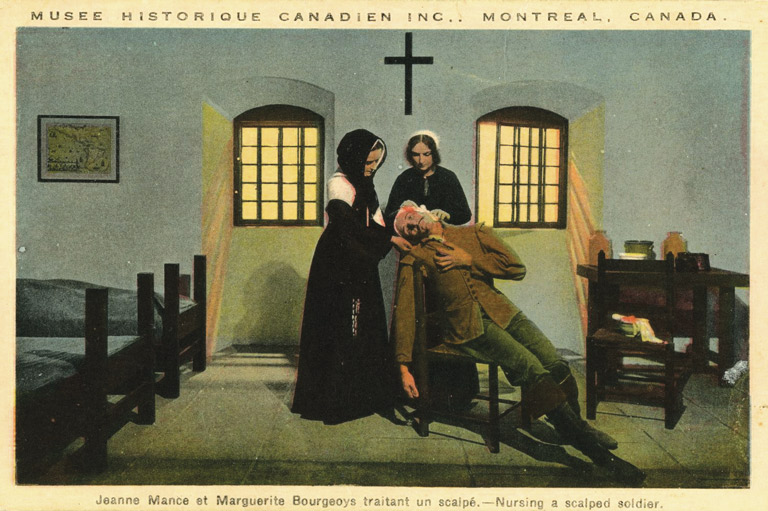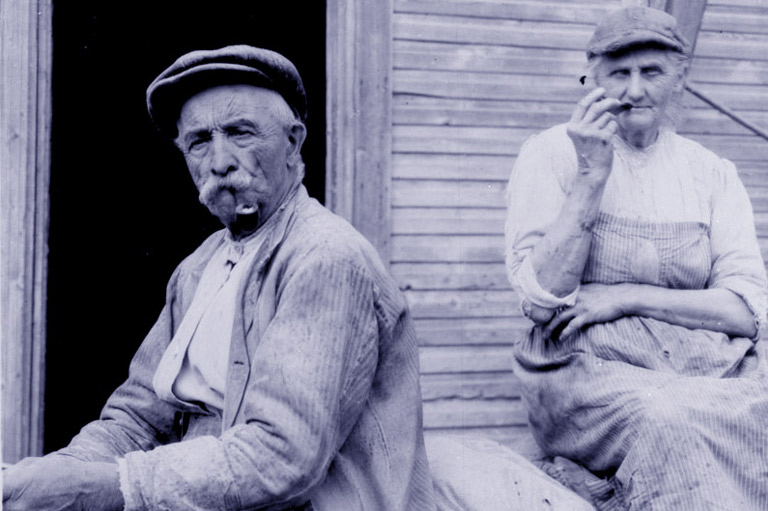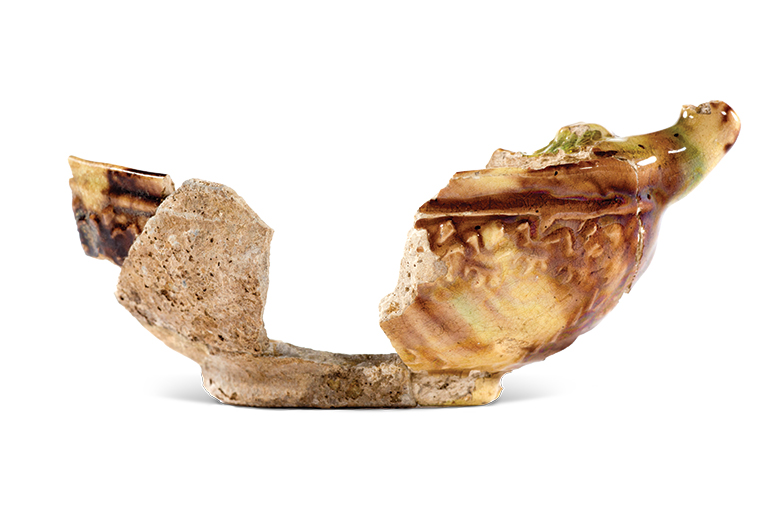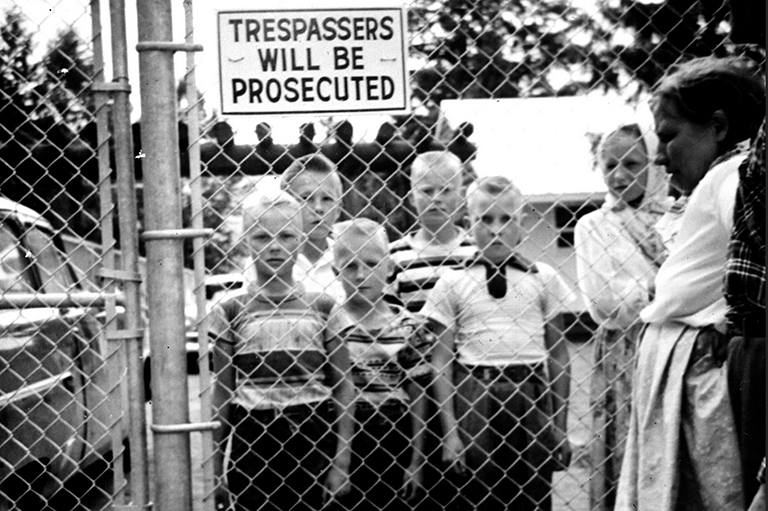Petit-Cap miracles and the formation of a community
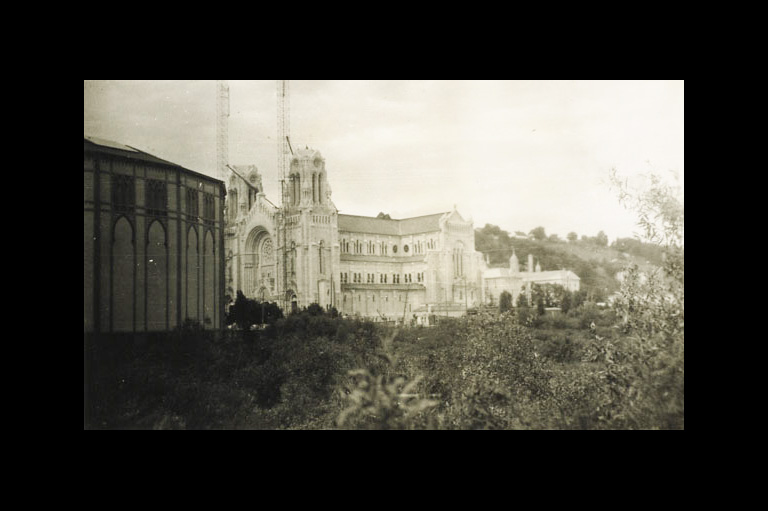
The early settlement of New France saw the establishment of new communities along the St. Lawrence River. Settlers, far from their homeland and often isolated from other communities, were anxious and fearful of this unfamiliar territory. Religion and spirituality were influential in the formation and survival of these new settlements because it brought both people and communities together while also strengthening ties between France and New France.
Mary Corley Dunn explores the influence of religion in the formation of the settlement of Petit-Cap in the December 2010 issue of The Canadian Historical Review. Dunn examines a series of miracles experienced by settlers at Petit-Cap and how both the accounts made by clerics and the miracles themselves brought people, communities, and nations together.
Petit-Cap, a small village located on the St. Lawrence’s Beaupré Coast, was at the centre of a curious series of events in 1662 when clerics at the parish of Saint-Anne-du-Petit-Cap recorded over thirty-three cases of miraculous intercession.
These miracles, experienced by people of all ages and wealth, ranged from miracles of healing, safe childbirth, and rescue from danger. Parishioners agreed that these miracles must be the work of Saint Anne.
Word of the miracles at Petit-Cap quickly spread throughout the valley, and people from nearby communities journeyed to the parish to see if they, too, could be healed by Saint Anne. Similar incidents had been reported in France, thus Petit-Cap was soon considered to be aligned with France’s interests.
Incidents of divine intercession were considered evidence of God’s presence in New France, and reassured settlers that they were under France and God’s protection in their new home. With the occurrence of each miracle, bonds between settlements were strengthened and the community’s faith in the divine was reinforced. The miracles helped create a community identity in a place where it had not yet been established.
Dunn also looks at the role of the clerics in the formation of a devoted and spiritual community.
Curé Thomas Morel was most influential in the recording and retelling of the miracles. Morel’s presence during each event was thought to authenticate the miracle, and the role of the cure became that of a mediator between God and humanity.
Although each miracle was recorded as it occurred, Dunn writes that “we would do well to acknowledge that the ways in which Morel and others chose to structure the stories reflected their own interests and biases.” The parish received donations of money and material goods from those who hoped to be and were grateful to have been healed by Saint Anne.
Clerics were pleased to see strengthened belief in God and the Church, and saw an increase in the wealth of the parish as well as their own status. Whether they were biased in their intentions or not, the clerics of Saint-Anne-du-Petit-Cap were extremely influential in the establishment of community identity because they encouraged people to devote themselves to God and the saints, bringing people together and providing them with a purpose.
The miracles at Petit-Cap became a powerful link between people, communities, and God. No longer feeling isolated in their new homes, settlers along the St. Lawrence River valley were connected to each other by the knowledge that God and Saint Anne were protecting them.
As their devotion grew, the Church and its clerics gained authority, religion was favoured over the emerging science of naturalism, and a community identity was formed that firmly established the young community as a devoted member of both France and the Church.
Themes associated with this article
Advertisement
You might also like...

Canada’s History Archive, featuring The Beaver, is now available for your browsing and searching pleasure!

